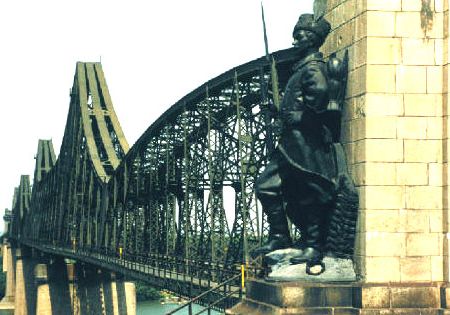
The bridge over Borcea, branch of the Danube river, was a necessity and in this regard the government C.I. Bratianu launched in 1879 an international competition of projects in order to raise bridges for a transport route. The projects not responding and the Romanian government has appointed a team headed by engineer Anghel Saligny.
Anghel Saligny was born on April 19, 1854 at Serbanesti in Galati County, Romania. Civil engineer, academician, minister, was a professor at the University of Bucharest, member of the Romanian Academy and president of it.
Saligny attended primary and secondary courses in Focsani and High school in Potsdam, Germany. Then studied at the University of Berlin, having as professor the famous physicist L. Helmholtz. Also he studied at Technical High School in Carlottenburg, Germany.
Very well trained in the construction of bridges and hydraulic works, the engineer Anghel Saligny implemented the best procedures and methods of his time, being preoccupied by the idea of creating a Romanian technical professorate. The idea came true in 1881 by establishing of the Polytechnic Society in Romania.
The period of his great creations begin in 1890, thus on October 21 in the presence of the King Carol I start works for the railway bridge over the Danube. Five years later, on September 14, 1895, is inaugurated the railway bridges that cross the Danube between Fetesti and Cernavoda.
Fully convinced of the resistance of the bridge, Anghel Saligny stayed with his workers on a boat under the bridge, while the first train with 15 vans and a train with special guests came from Bucharest.
On that time the longest bridge in Europe and the third in the world, with a total length of 4088 metres, was considered one of the greatest engineering projects.

































